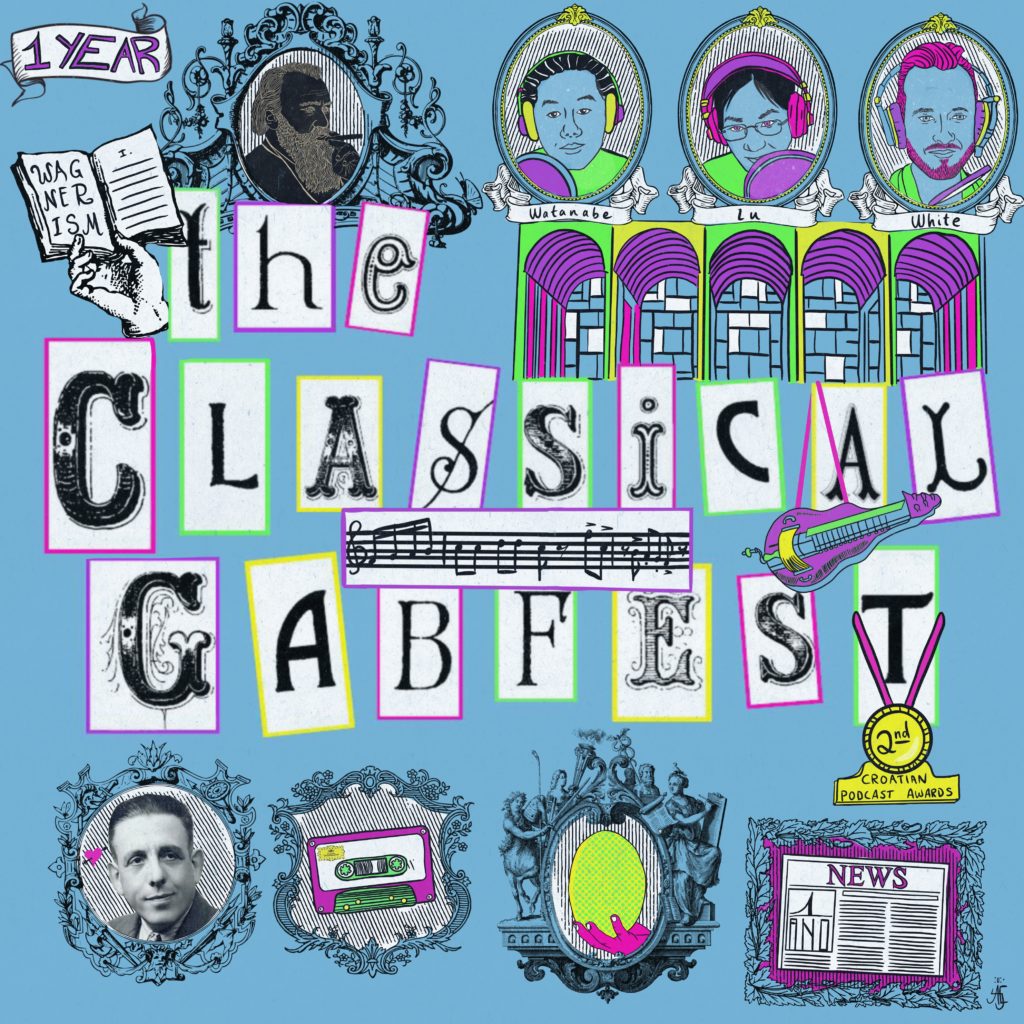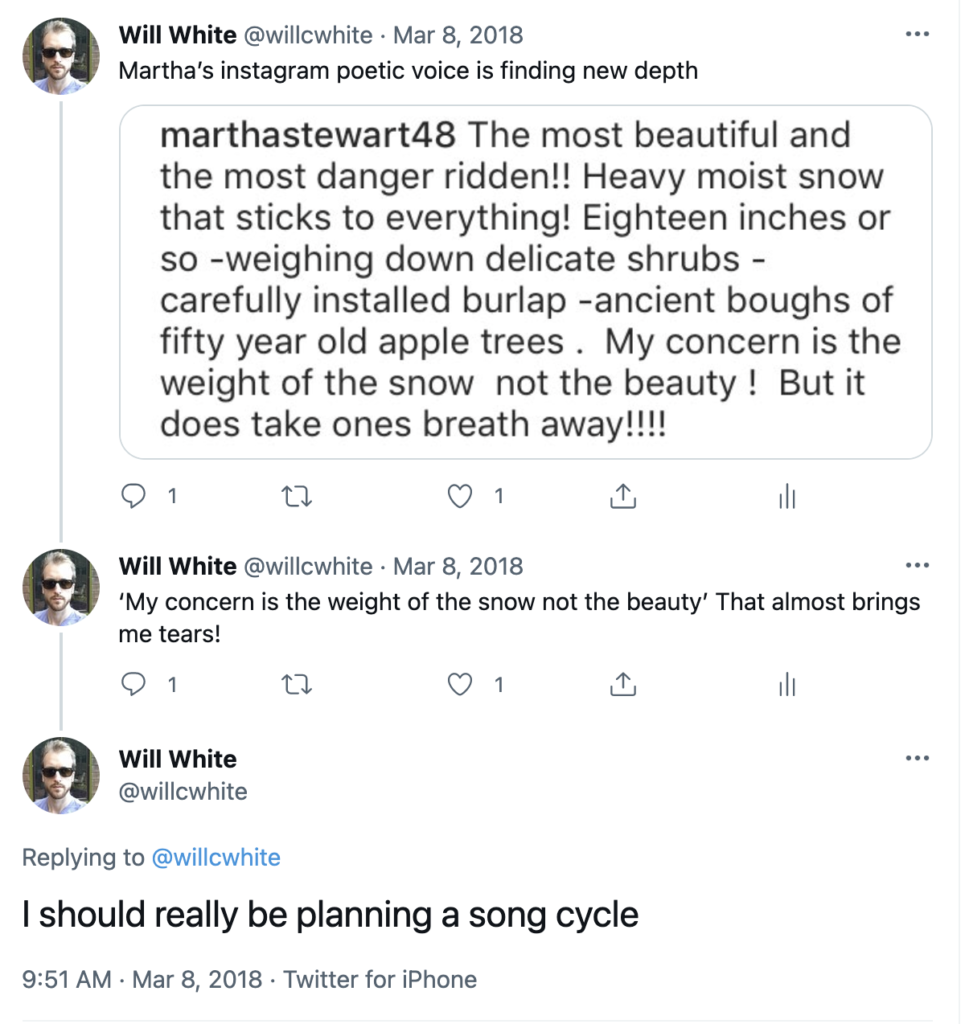Well, we’re doing it. Not only does my organization have a new name, but we’re actually planning a full season of choral-orchestral concerts, which I describe in this video:
I’m pretty happy with this season (but then again… I would be.) When you program a season, you’re going for balance. A representative mix of nationalities, personalities, historical periods, styles, familiarity levels and concert formats. And I think we’ve got that here.
Want an extra long Baroque oratorio concert? We’ve got that (Messiah, St. Matthew Passion.) Want something light and frothy? Come to our opening night. You’ll get a mix of classical, romantic, modern, and contemporary in a ~90-minute package, all light and joyous.
Want something deeper? Come to our November concert, which features that old warhorse, the Brahms German Requiem paired with a piece that almost nobody has heard of called “Elegy for Brahms.†Or you could come to our orchestra-only concert in February (an actual overture-concerto-symphony format!) which has music from WWII, including Still, Barber, and Prokofiev.
One thing I really love to do is program concerts that display resonances across eras, and I think the best example of that is our closing program, “Celebration.†It’s got two of the best pieces from 1910s-era France — Boulanger’s D’un matin de printemps and Ravel’s Daphnis et Chloé. And whom do those pieces resonate with? Mais moi, bien sûr!
Anyway, we’re already knee-deep into rehearsals for our first show, and I’m having a blast. If you want to see how the whole thing comes together, here’s a YouTube playlist.

